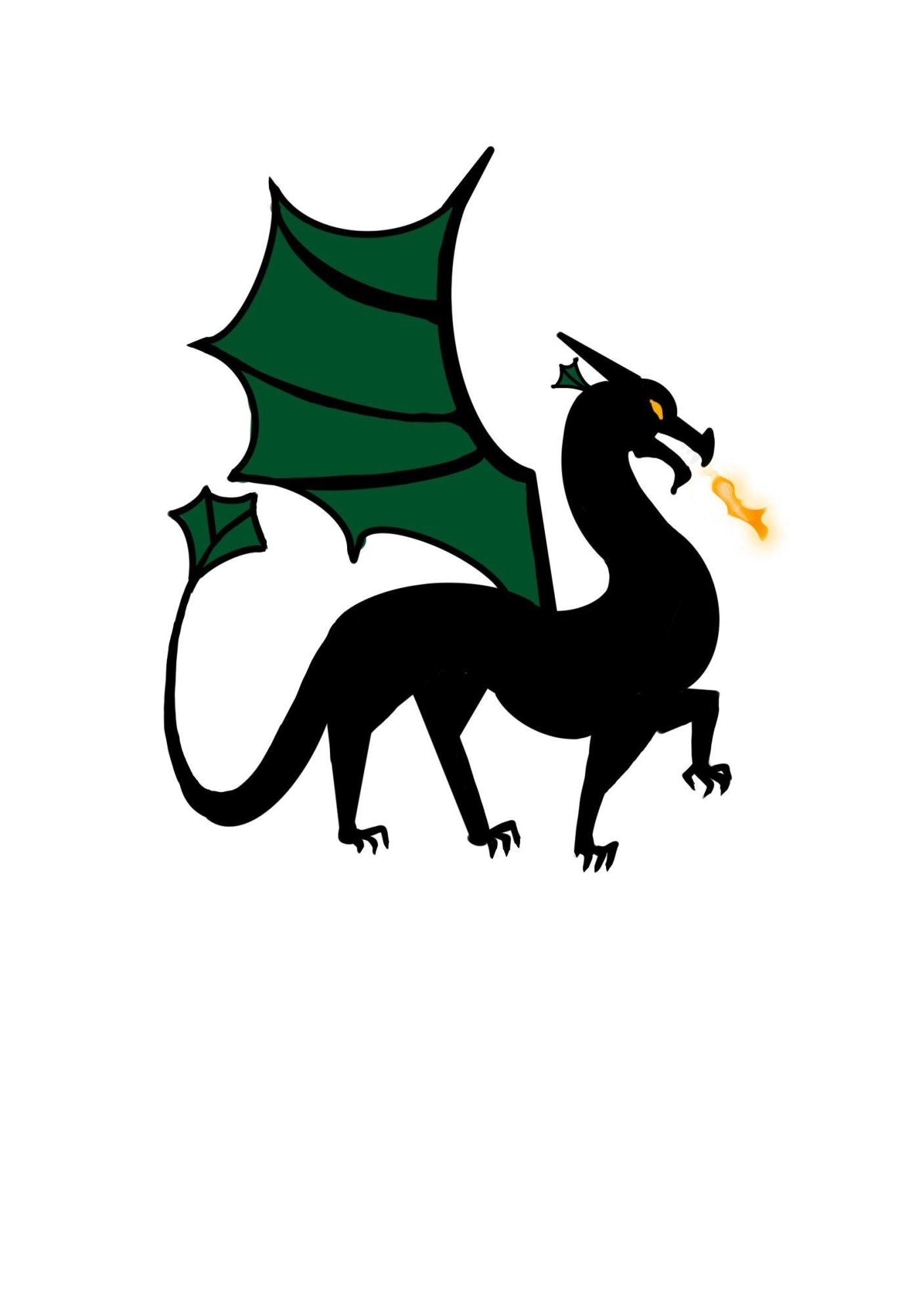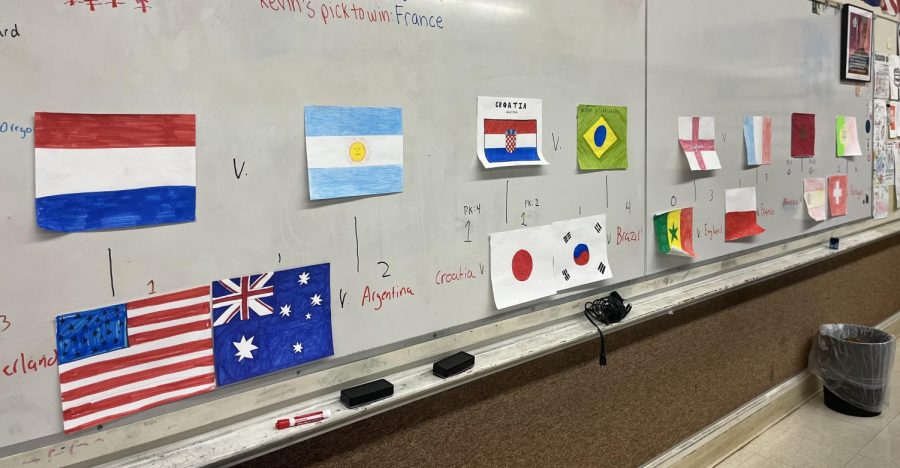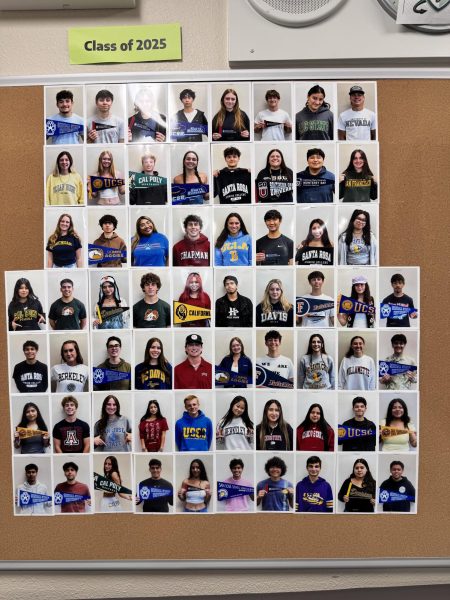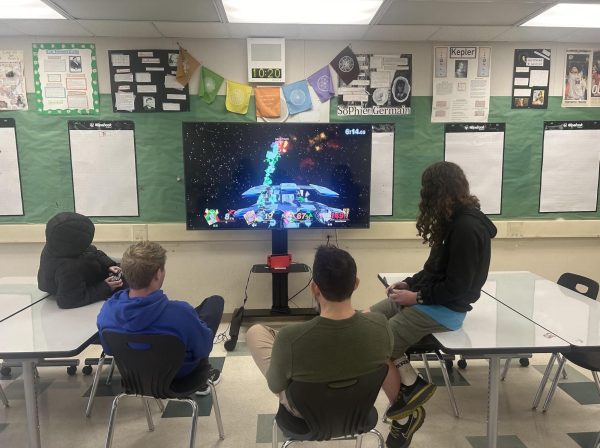World Cup Scores Students’ Interest
Mr. Tierney’s World Cup bracket
Whether it is Mrs. Hansen in the library or Mr. Tierney showing the games on TV, students mischiefly watching on their computers, or through viral memes of “soccer or football,” SVHS is fully wrapped in the events of the 2022 World Cup in Qatar. The USA team additionally has increased the hype revolving around them this year, drawing more interest to the Cup, which occurs every four years.
But, how does the whole tournament work? How does a country qualify, and who’s going to win it this year? These questions are slowly working themselves out as the tournament progresses.
The 32 teams that qualified were separated into eight groups. This was done through a drawing after all the teams were seeded based on the FIFA rankings and past performances in the World Cup. Each group has four teams, who all play each other, receiving three points for a victory, one point for a draw, and zero points for a loss. The top two teams in each group with the most points make it out of the group stage and into the Round of 16, the beginning of tournament play. After playing each other, if two teams are tied, the tiebreaker is determined by goal differential (goals scored – goals conceded).
After the group stage, the World Cup progresses into a single elimination tournament-style event, starting with the round of 16. The US was able to make it out of the group stage, with an exhilarating victory against Iran to advance. They were then knocked out of the World Cup in the Round of 16, losing 3-1 to the Netherlands.
After some surprising matches, notably Saudi Arabia defeating Argentina in the group stage, many of the favorites still made it out of the groups, with Brazil, France, Argentina (despite the loss), England and Spain showing great promise. The Round of 16 games have already finished, with the Netherlands, Argentina, England, France, Croatia, Brazil, Morocco, and Portugal winning and moving to the quarter finals. This sets the stage for anticipated matchups between soccer powerhouses, dwindling the countries down to the top performers.
With much of the Cup being played in the morning which is during school hours, the library (and some teachers) have the games on, furthering students’ interest. Many teachers, especially those in the social sciences department, are keeping students absorbed with debates and discussions about the World Cup.
Mr. Tierney, a social studies teacher who is holding a World Cup-centered activity in his Human Geography classes, commented on the global aspect of the Cup saying, “I think the World Cup is a time where people in the United States really consider themselves as global citizens, especially having a younger, up and coming team, where America isn’t as dominate.”
There are 32 teams that qualified this year, with Qatar given an immediate bid because they are the hosts. The 31 other teams qualified for the tournament via other routes, mainly through being successful in other tournaments and leagues. The US, for example, qualified via a CONCACAF (Confederation of North, Central America, and Caribbean Association Football) third round third place finish.
Despite the controversy surrounding the country of Qatar, notably the deaths of migrant workers, the events have captivated the entire world, bringing together nations and their people, bringing out spirit and passion towards the sport of soccer, or football if that’s what you support. Although the US has been eliminated, the excitement is still forefront with famous players and their teams still in the running and with many more competitive games to be played.

What's up Dragons! I am thrilled to check into my first year on the Dragon's Tale staff. My love for anything sports, school, and journalism will be hallmarks...










